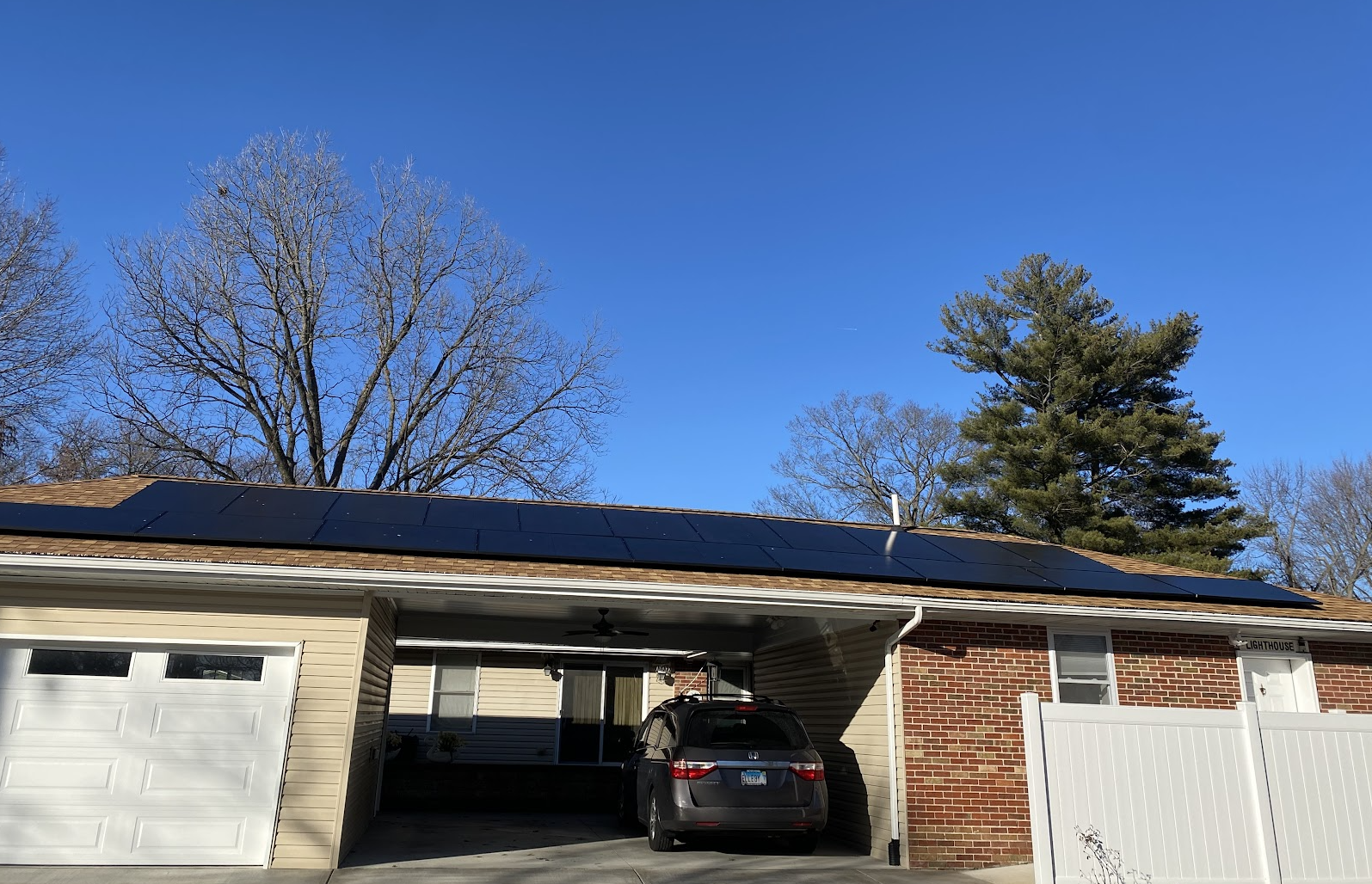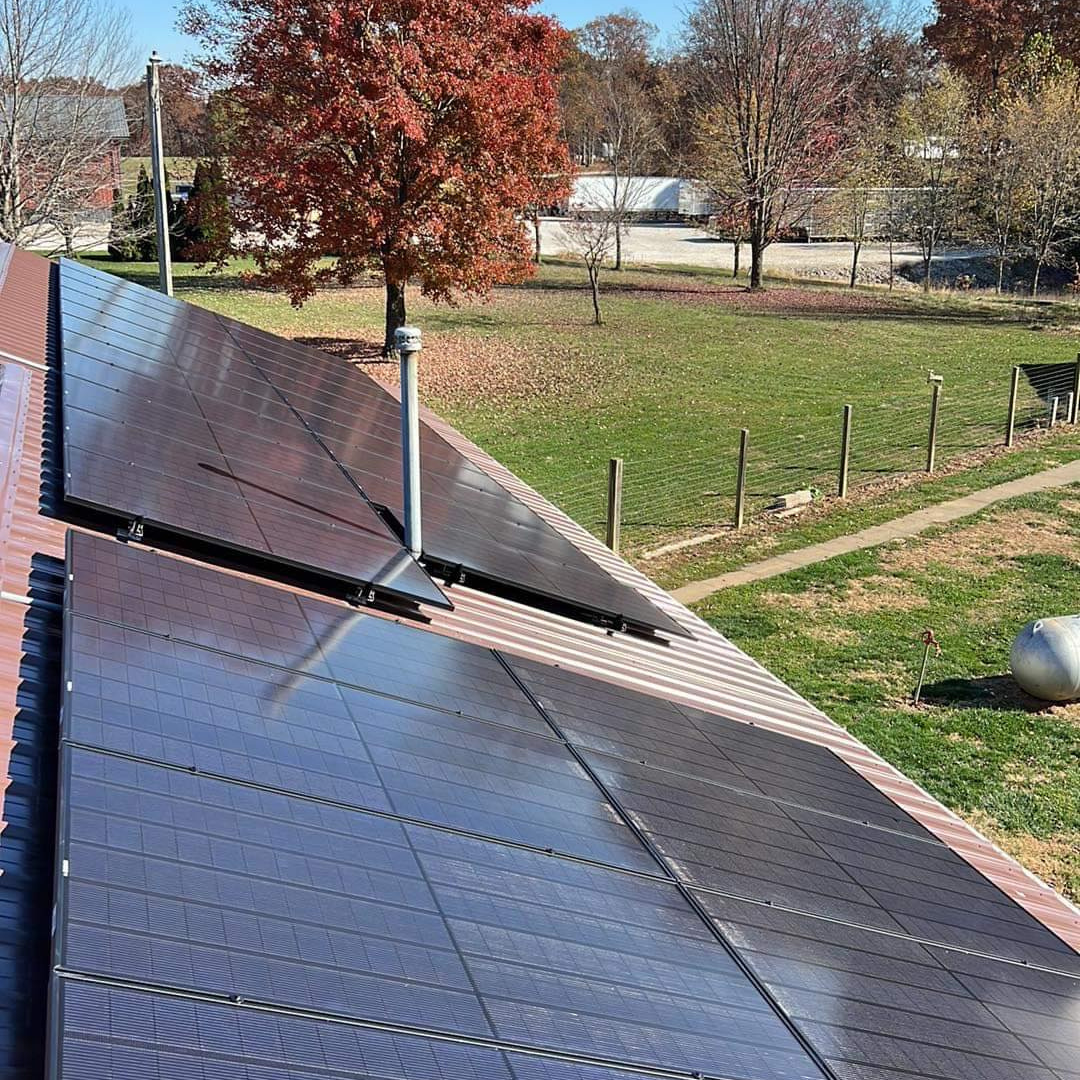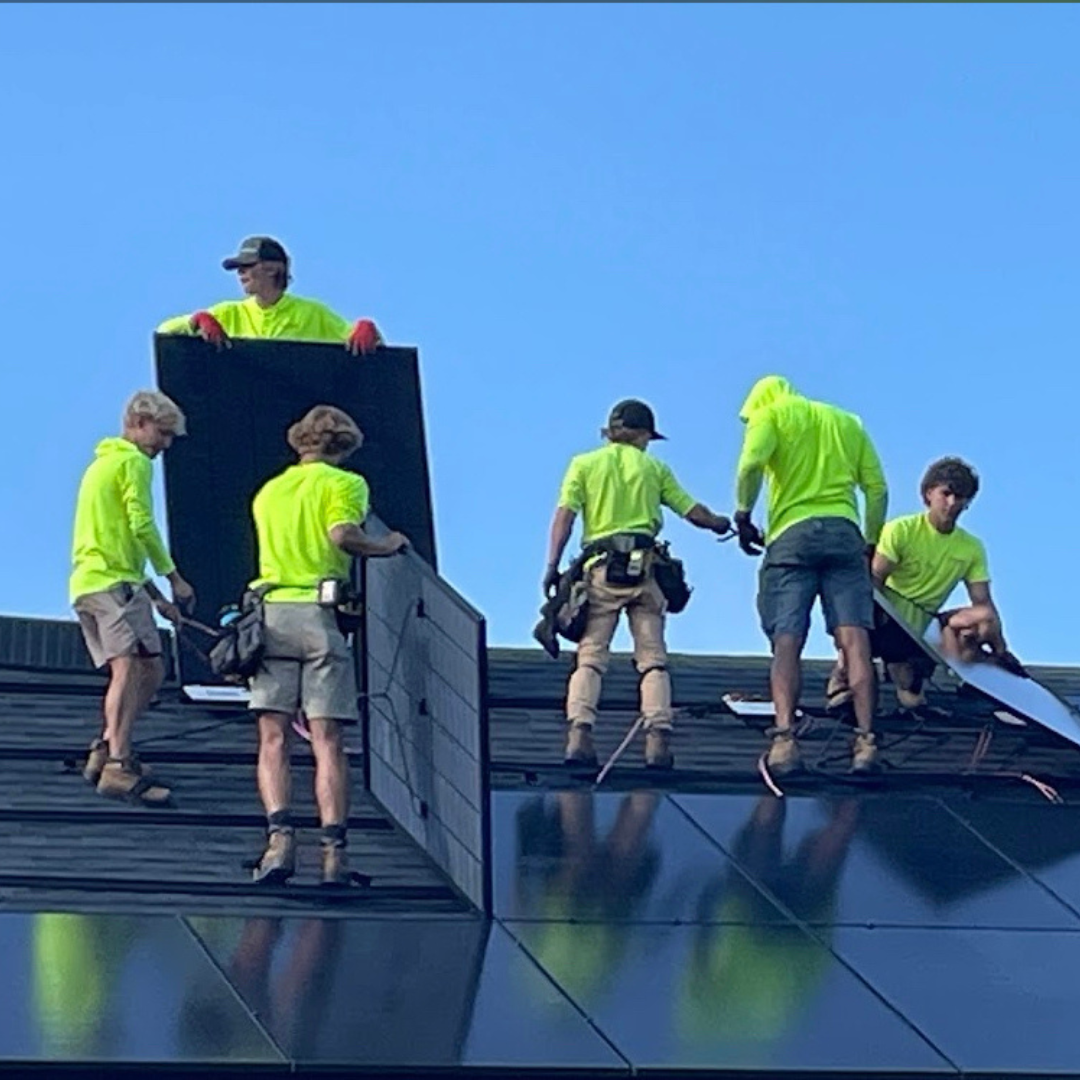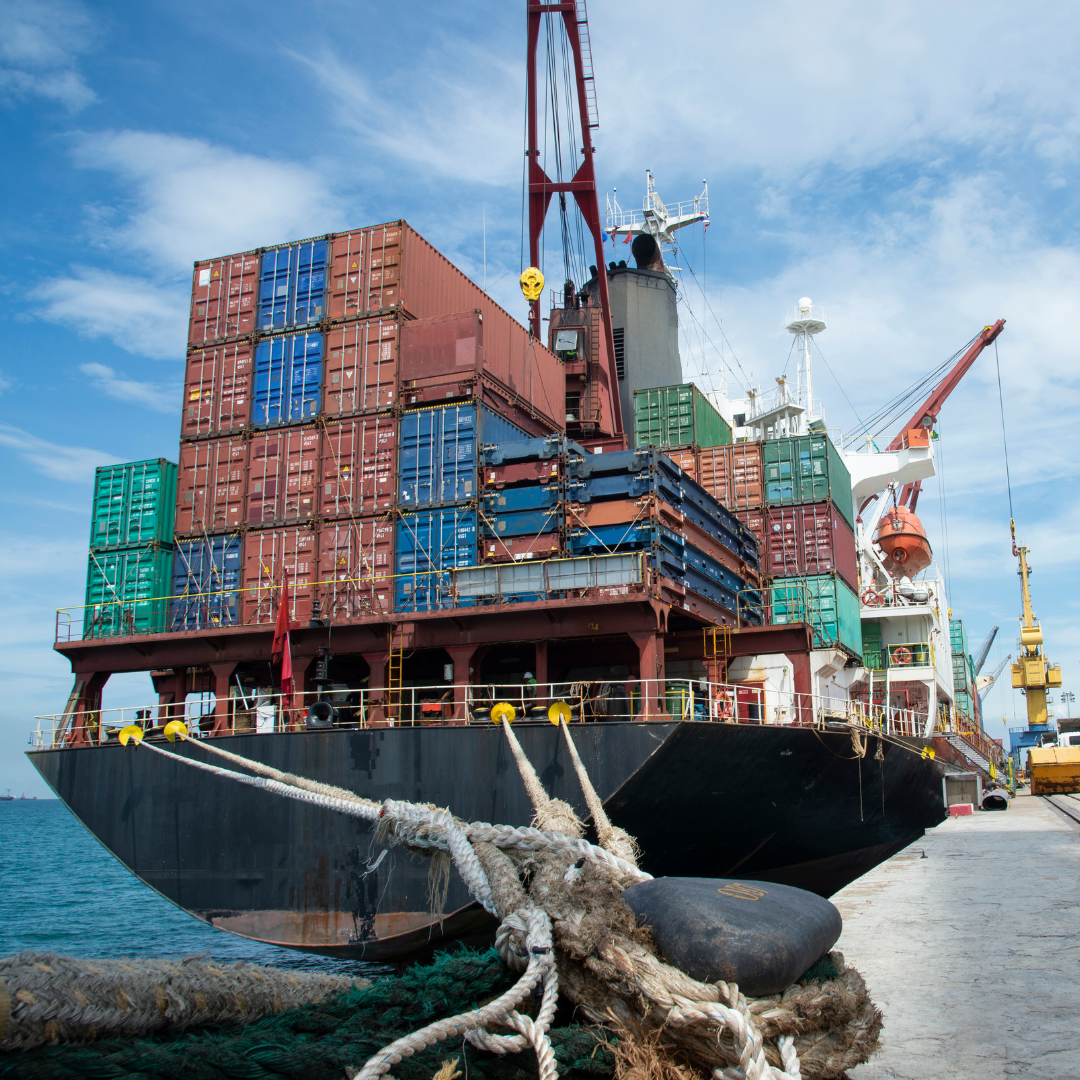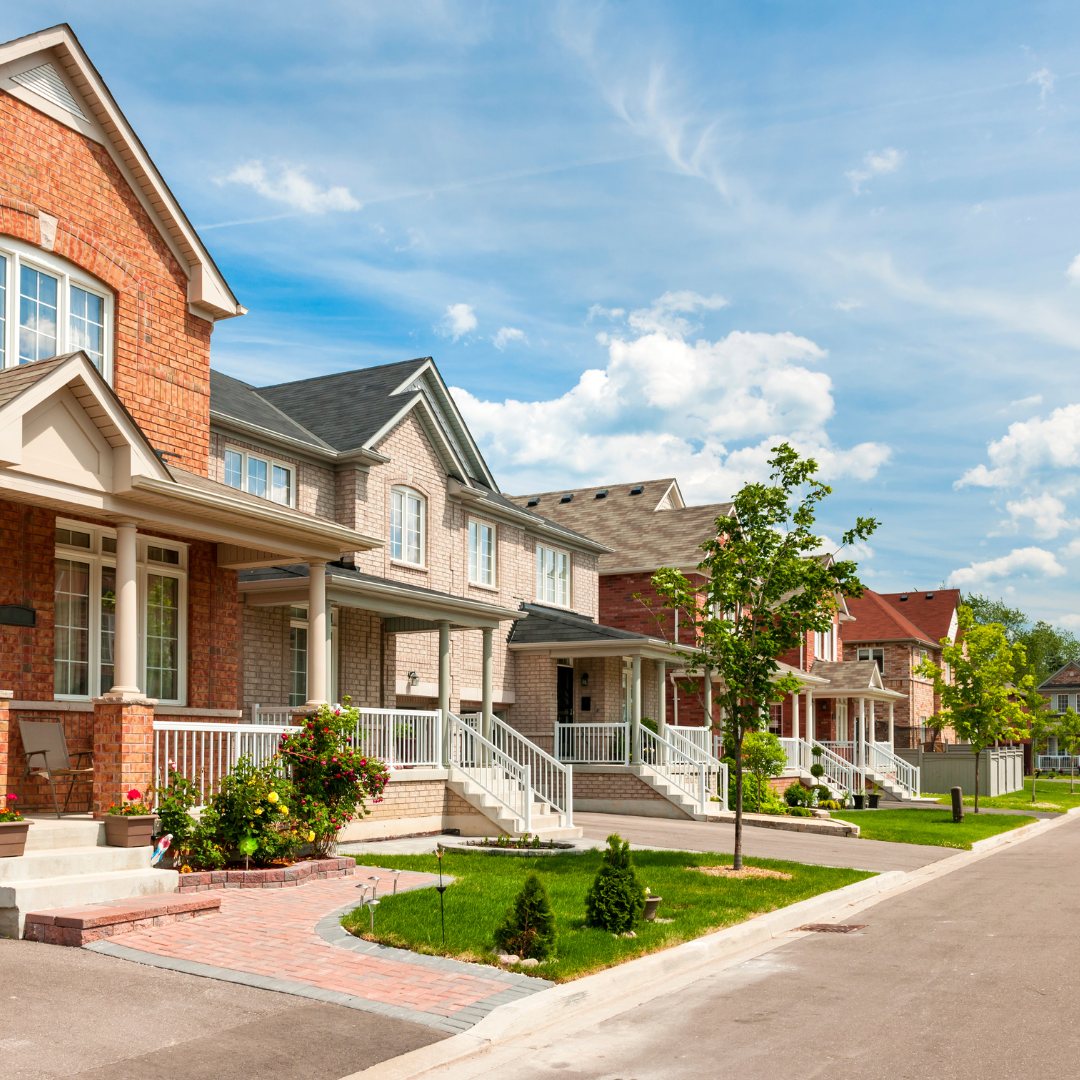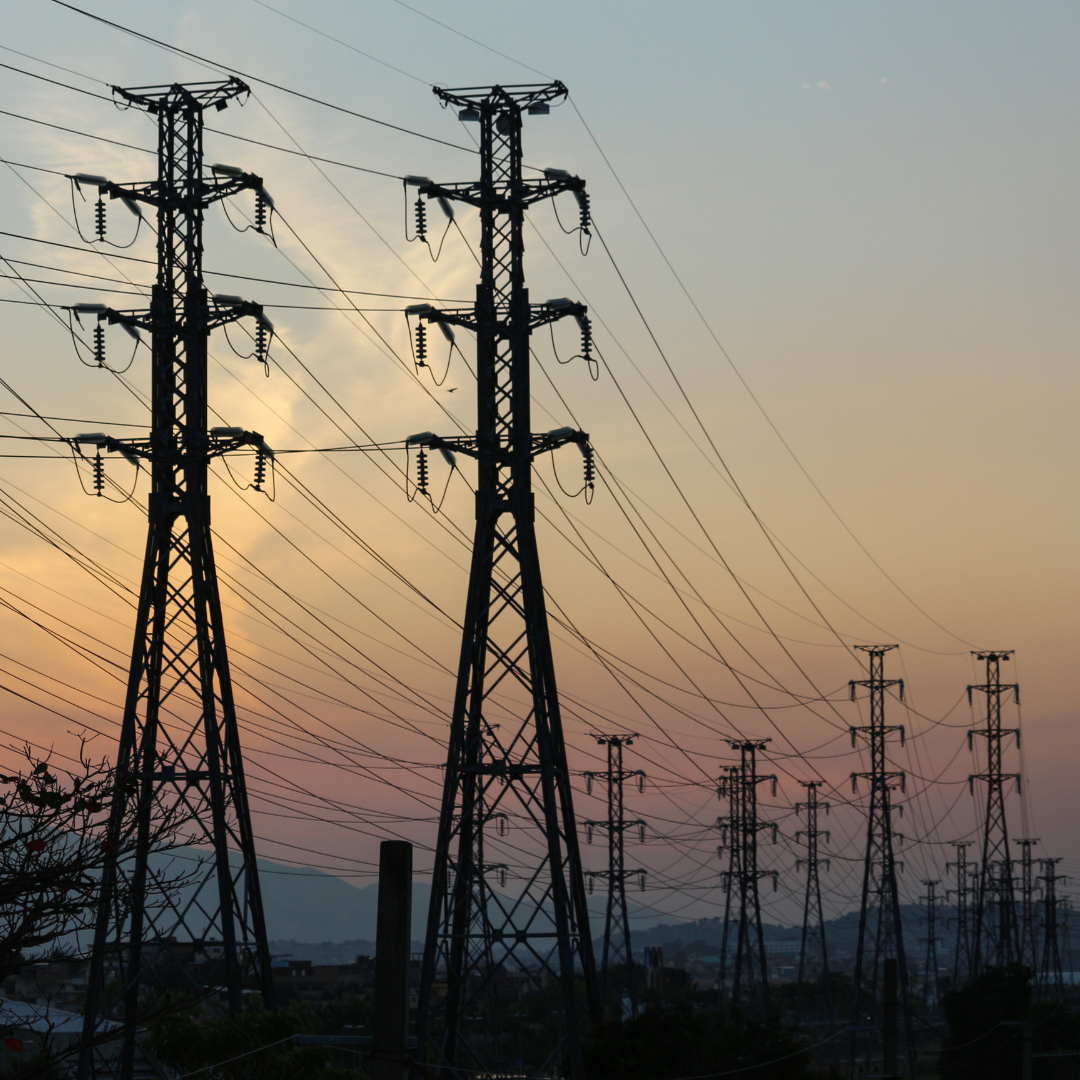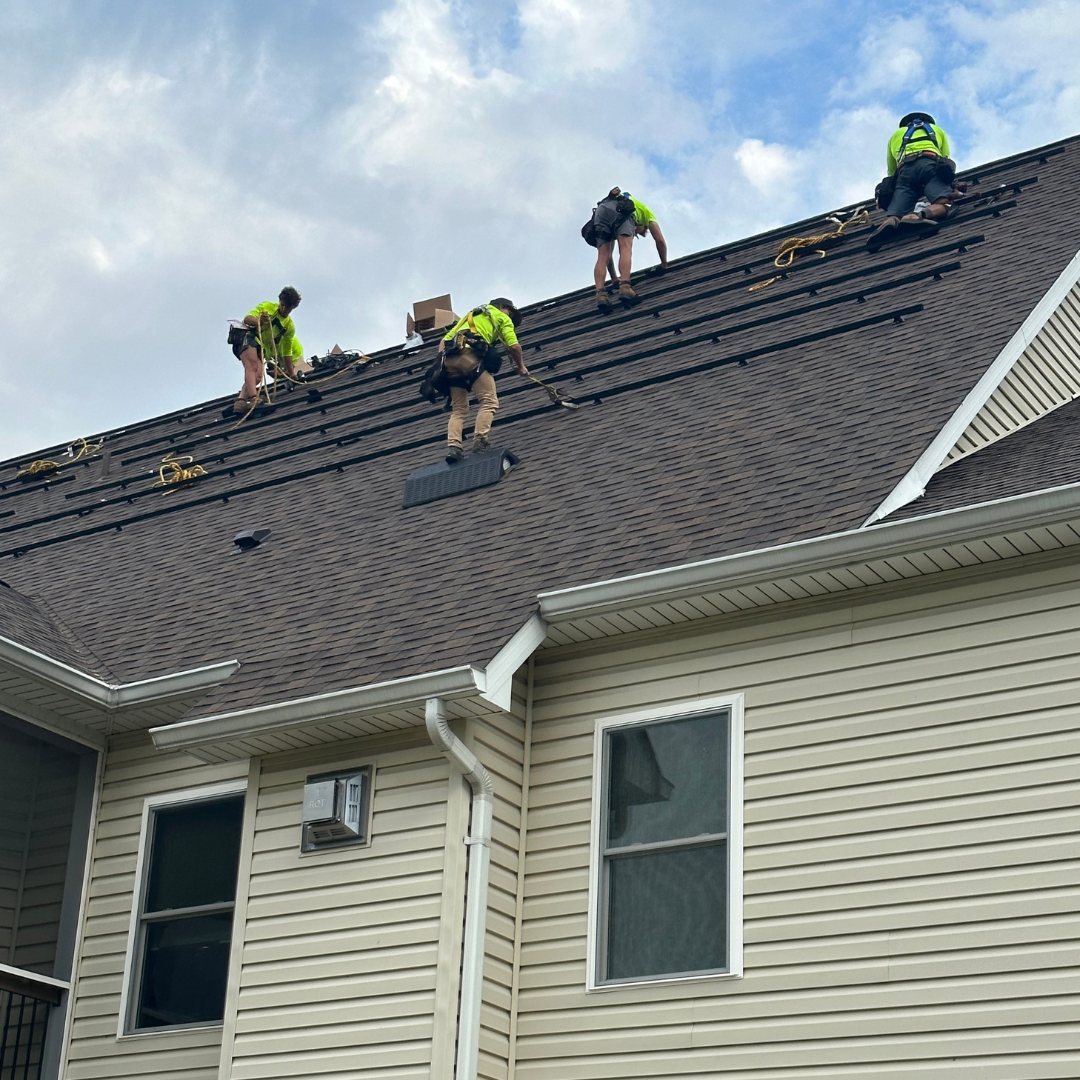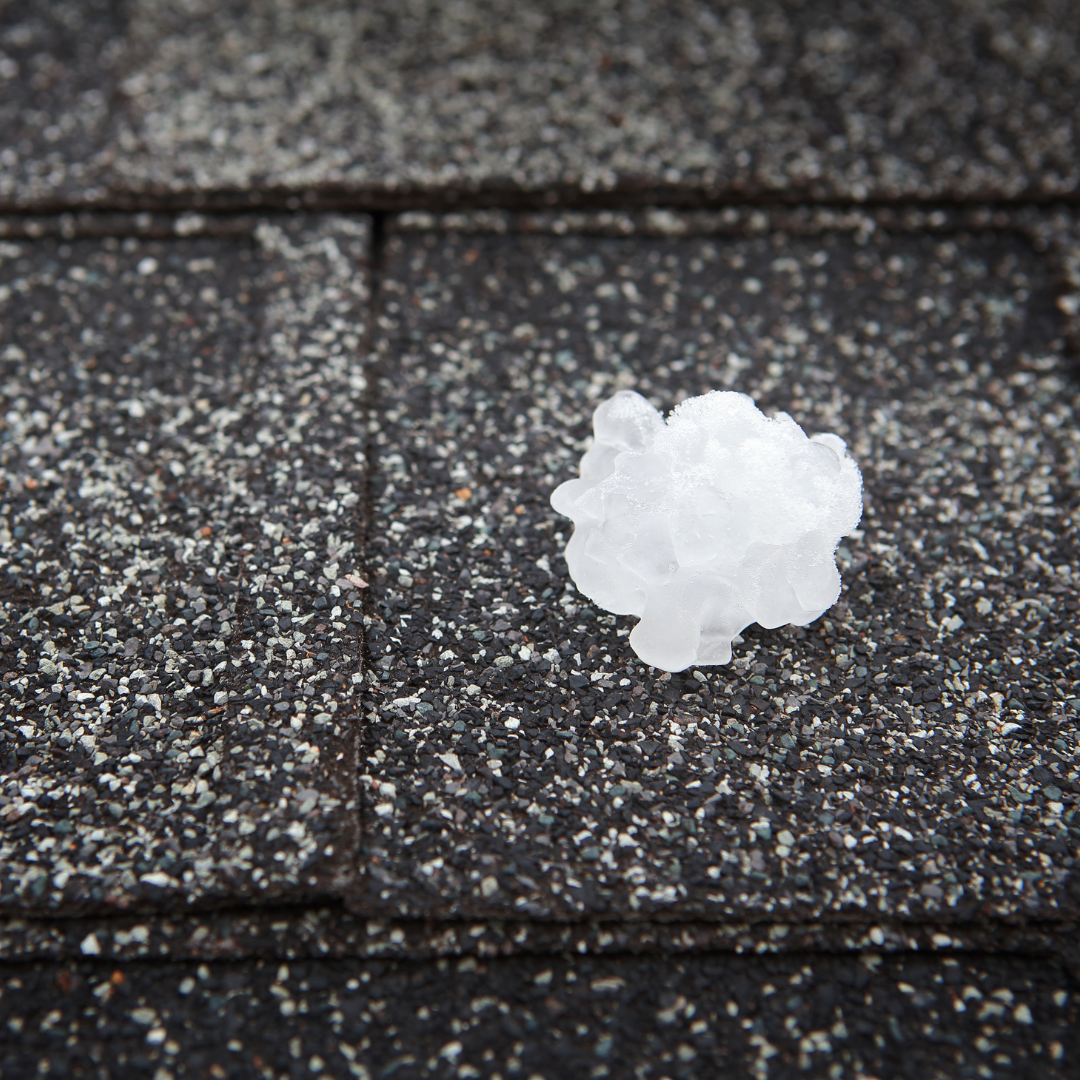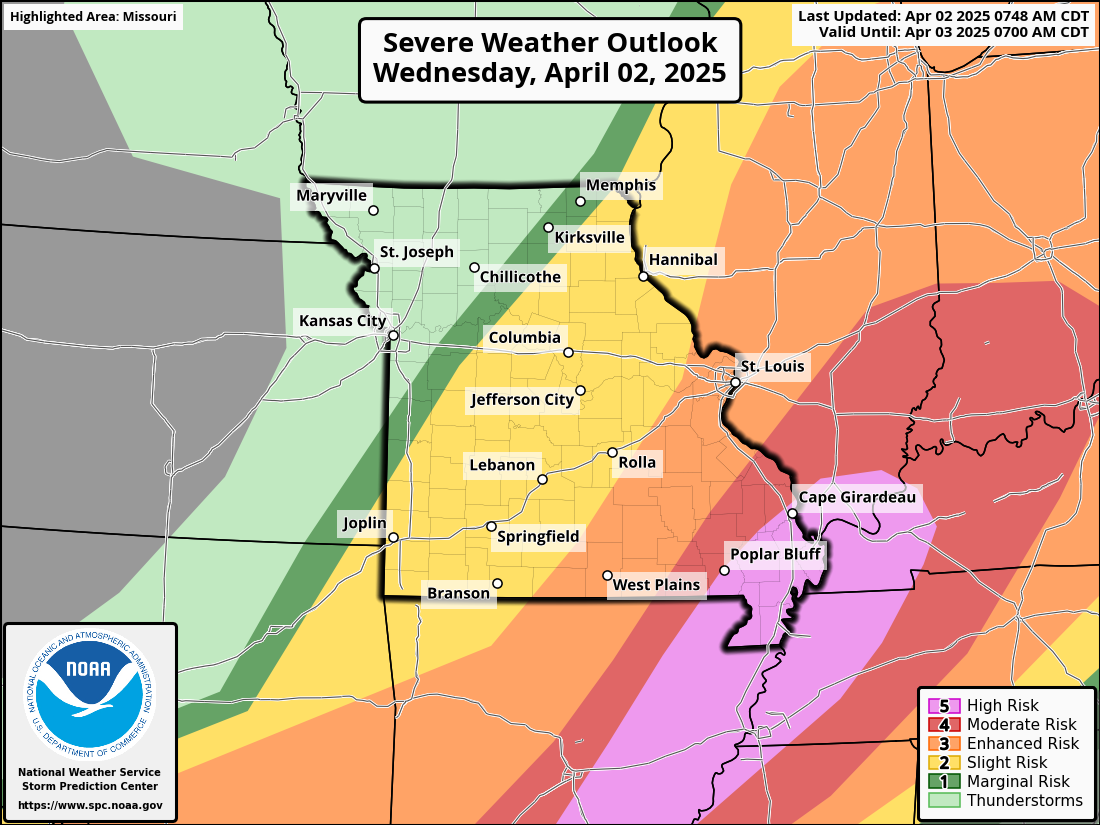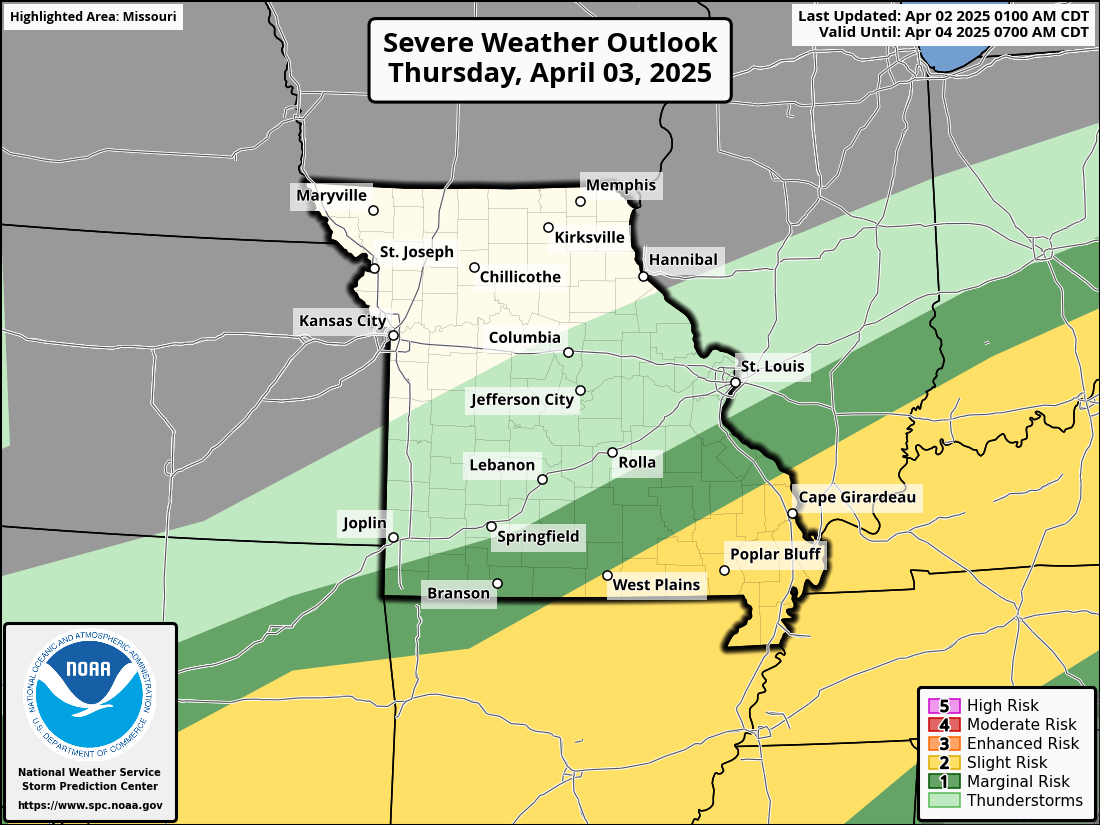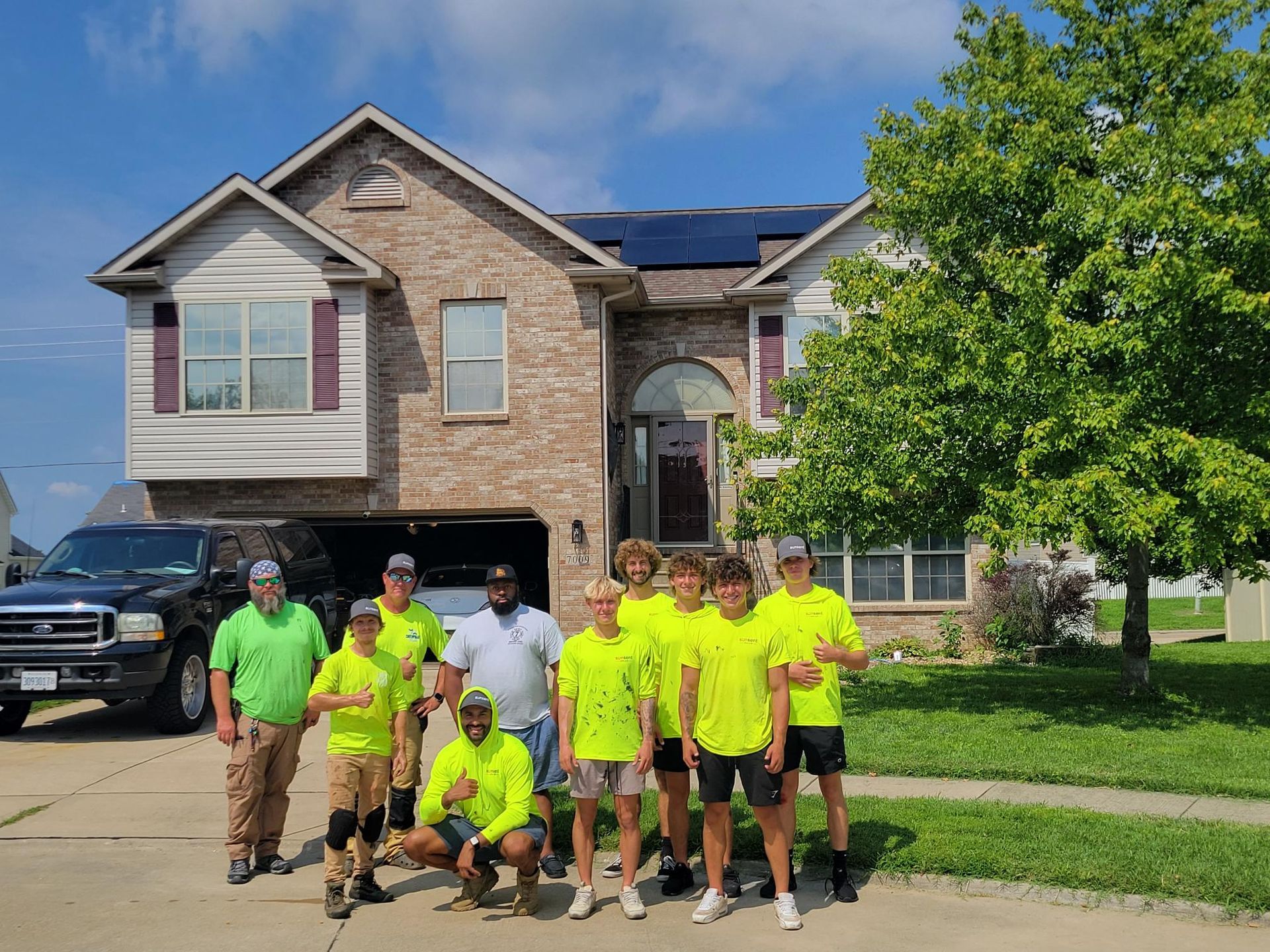Severe Storms Expected to Hit St. Louis: What You Need to Know
A significant severe weather event is unfolding in the St. Louis region, bringing the potential for damaging winds, large hail, and tornadoes. The National Weather Service has issued a rare "high risk" severe weather outlook—level 5 out of 5—indicating a particularly dangerous setup that could produce multiple long-lived EF3 or stronger tornadoes across the mid-Mississippi and lower Ohio valleys.
Severe Weather Forecast & Tornado Threat
Multiple tornado watches are in effect across Missouri, Illinois, Arkansas, and Oklahoma as a strong storm system moves eastward. St. Louis and surrounding areas are at risk of supercell thunderstorms that could generate large hail, damaging winds, and tornadoes. According to the Storm Prediction Center, cities like Chicago, Indianapolis, Cincinnati, Little Rock, Louisville, Memphis, Nashville, and Dallas-Fort Worth are also in the path of potential severe weather.
The most intense storms are expected to develop late Tuesday night into Wednesday morning, with peak storm activity occurring between 6 AM and noon. Some forecast models suggest isolated storms could arrive earlier, bringing additional threats before the main storm line moves through the area.
Missouri’s History with Severe Tornadoes
Missouri has seen its share of devastating tornadoes. The state has recorded five EF5 tornadoes, the highest level on the Enhanced Fujita scale. Some of the most catastrophic tornadoes in Missouri history include:
- The Tri-State Tornado (1925) – The deadliest tornado in U.S. history began in Shannon County, Missouri, before traveling across Illinois and Indiana, killing 695 people.
- Joplin Tornado (2011) – This EF5 tornado killed 158 people, injured over 1,000, and left a mile-wide path of destruction.
- St. Louis Tornadoes (1896, 1959, 1967, 2011) – Several significant tornadoes have impacted St. Louis, including one in 1896 that killed 255 people, ranking as the third deadliest in U.S. history.
How to Prepare & Stay Safe
- Monitor Weather Alerts – Stay tuned to NOAA Weather Radio, local news, or reliable weather apps for real-time updates.
- Have a Safety Plan – Identify the safest place in your home (a basement or interior room without windows) and ensure all family members know where to go.
- Prepare an Emergency Kit – Stock up on essentials like water, non-perishable food, flashlights, batteries, and a first-aid kit.
- Secure Outdoor Items – Bring in loose objects that could become projectiles in high winds.
- Know Your Evacuation Routes – If you live in a mobile home or an area prone to flooding, plan ahead for evacuation.
Storm Damage? We’re Here to Help
Severe storms can leave lasting damage, especially to roofs, siding, and windows. If your home sustains damage, don’t wait until it gets worse—call SunSent Solar. We’ll inspect your roof and help ensure your home is safe and secure.
As storms roll through St. Louis this week, stay vigilant, stay prepared, and stay safe. Visit sunsent.com for more info or read our latest blog post on the affect of hail on your roof.
